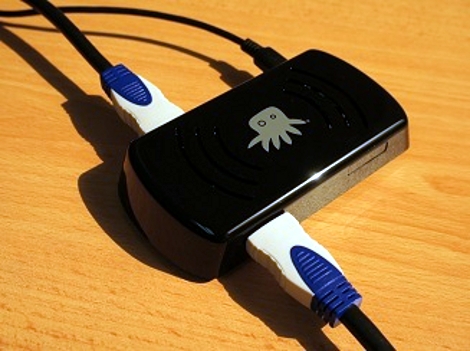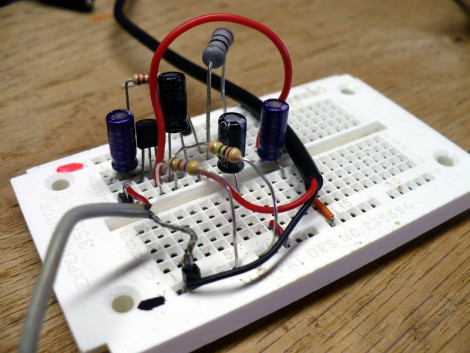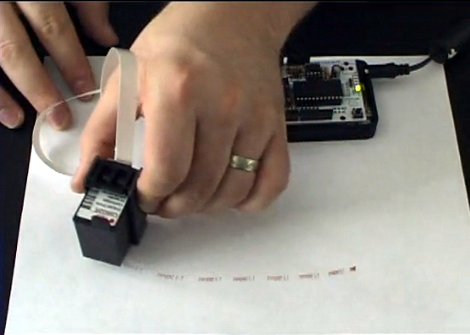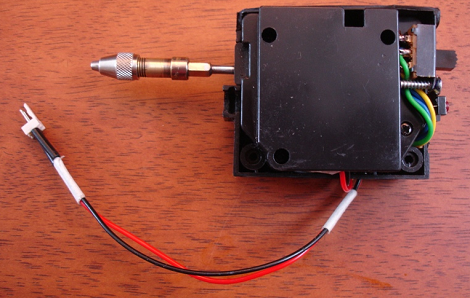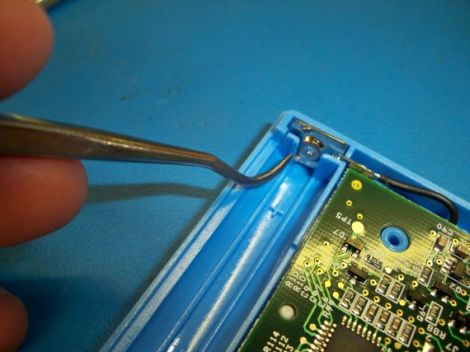
Paraswift is a robot that can climb vertical surfaces with ease. Here you can see the robot motoring up the side of a building with a parachute packed on it’s back for use on the way down. The team that built the robot is calling it a base jumper, but after seeing them catch the falling robot in a net we’d say it’s still a bit too fragile to make that claim.
The parachute isn’t the only way for this guy to get down after a long climb. As you can see in the video after the break, it has no trouble driving in any direction on a wall. Like other wall-climbers the Paraswift is using air to stick to the surface. A vortex of air, similar to a tornado, generates a large amount of negative pressure, sucking the body of the robot to the surface it is climbing. I you’re the one who traded a good portion of your life to spend building the Paraswift we’re guessing you added the parachute to hedge your bets against a power failure.

